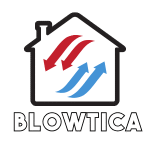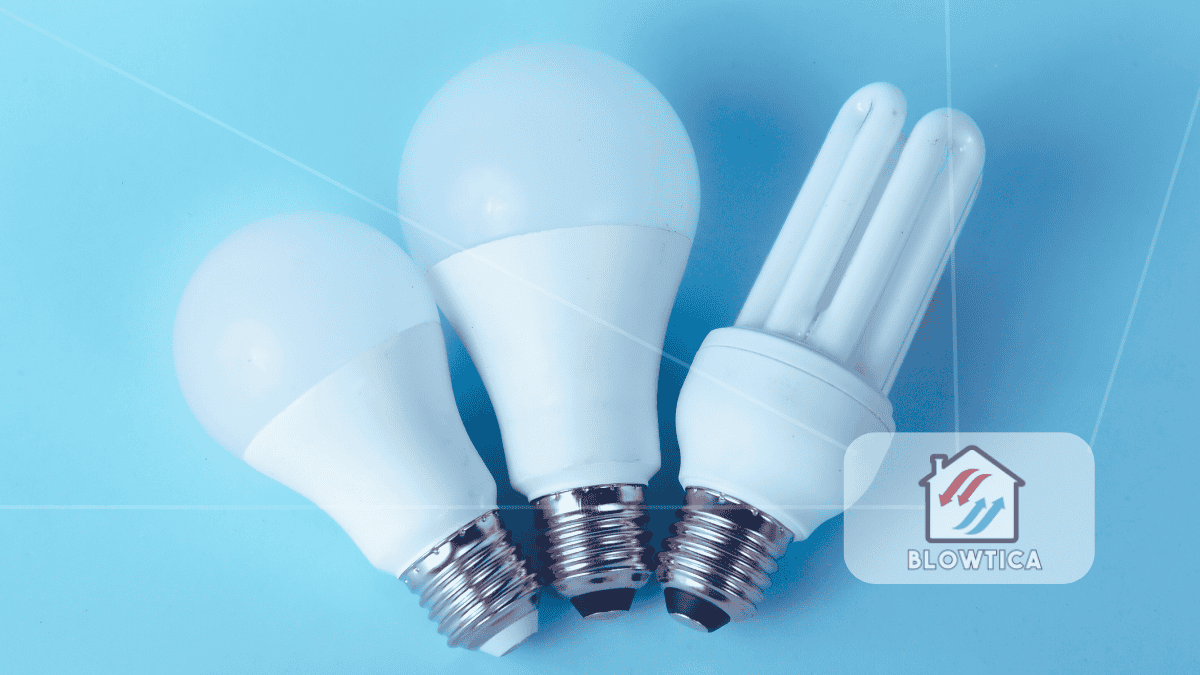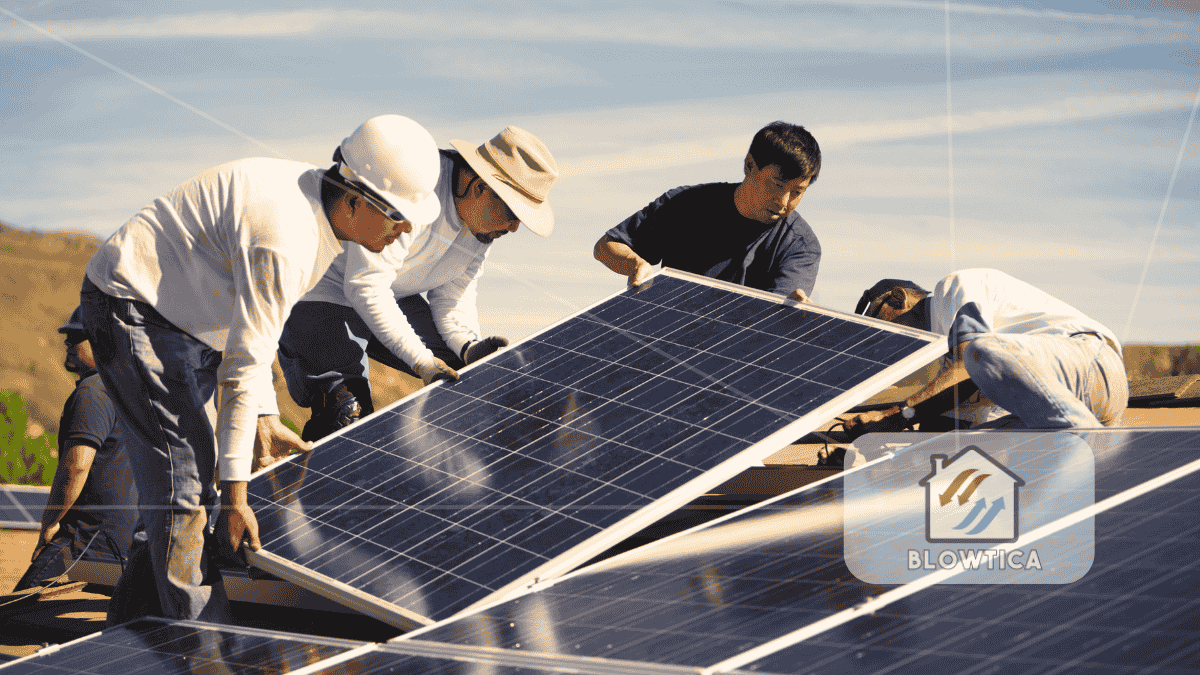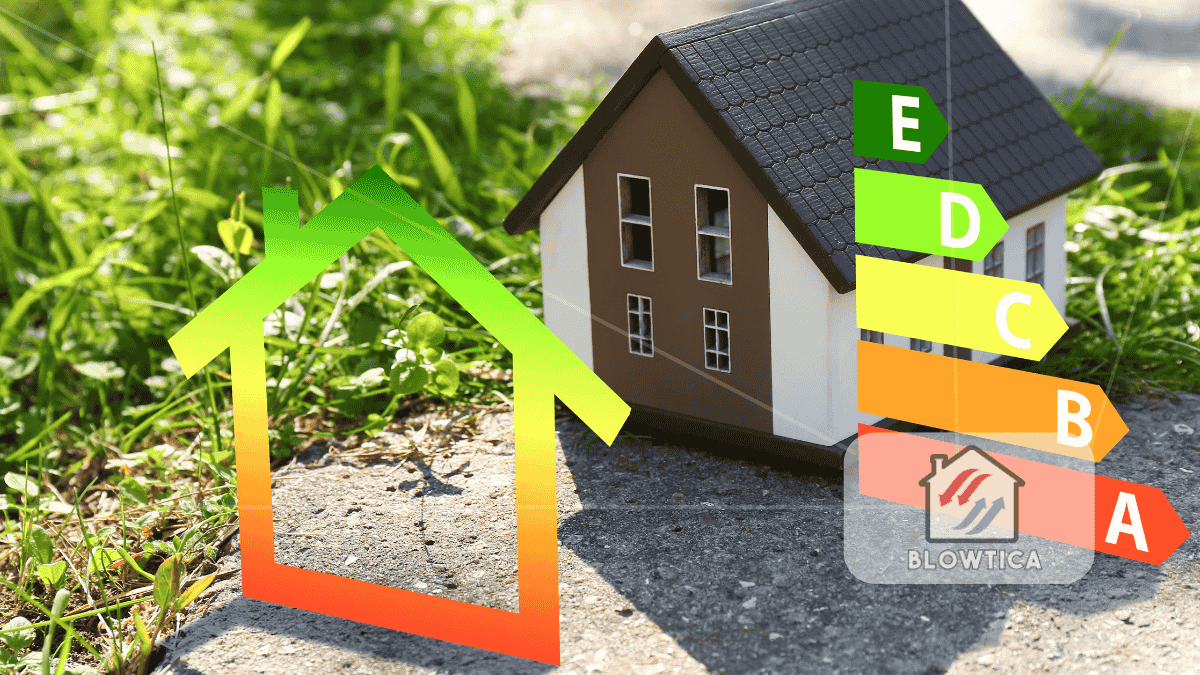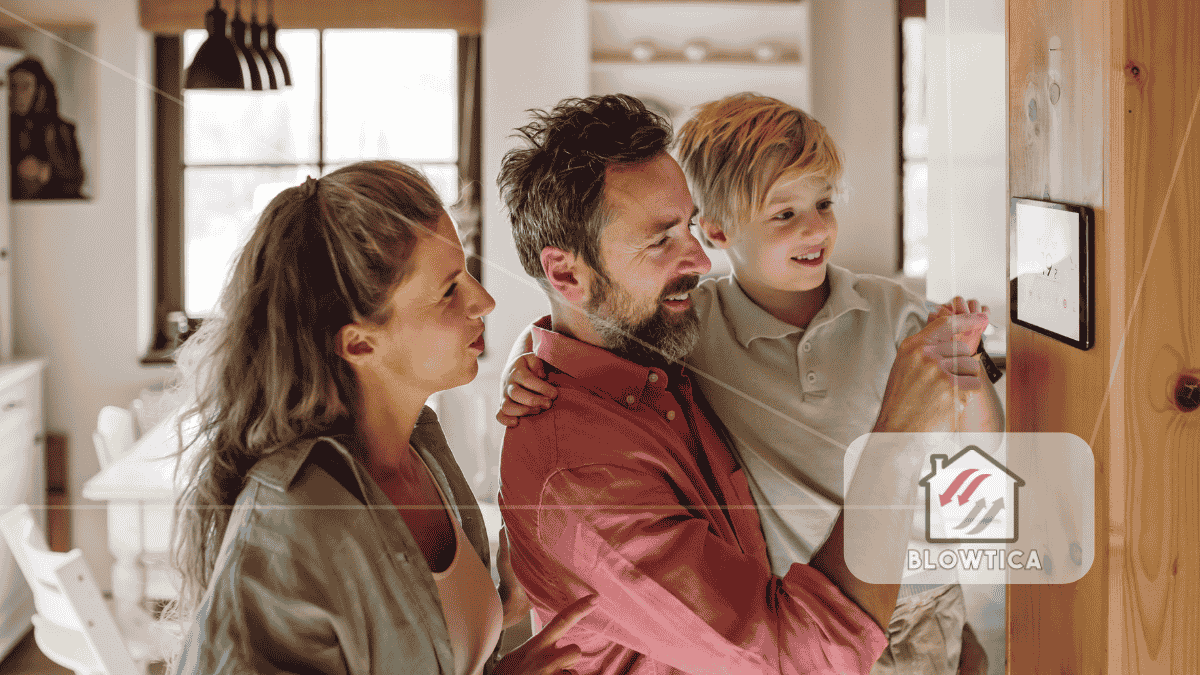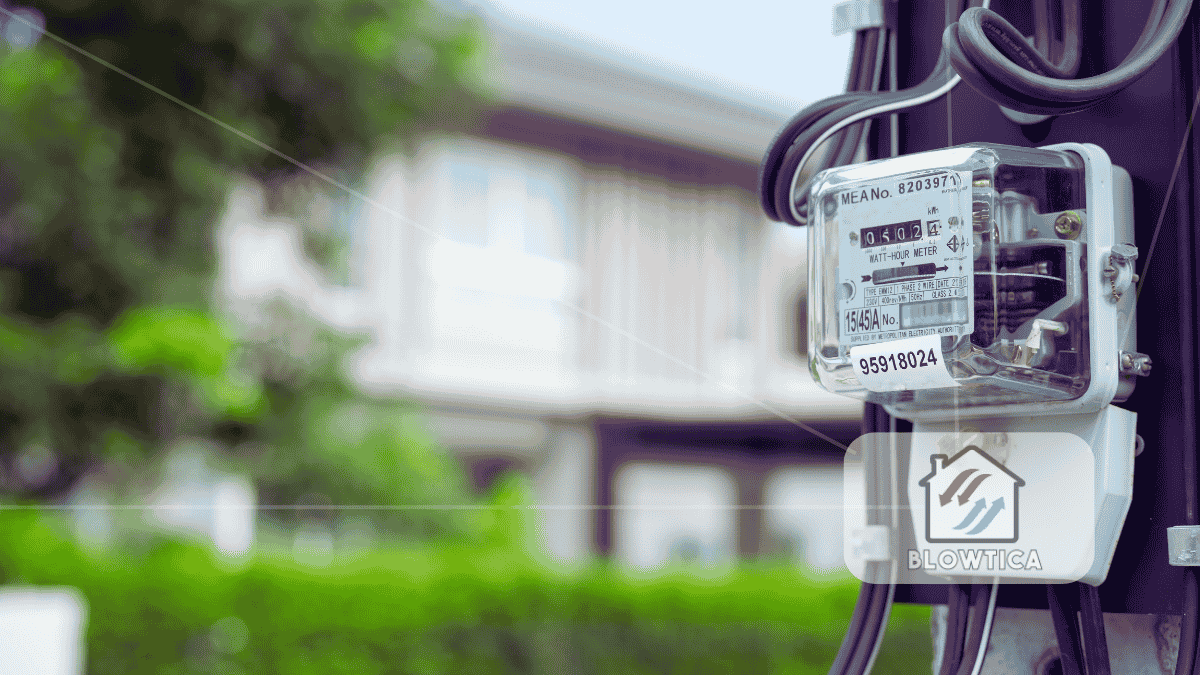
As energy costs continue to rise and environmental concerns grow more urgent, homeowners are looking for smarter, greener ways to manage indoor comfort. One of the most efficient and impactful solutions is the adoption of solar-powered HVAC systems. These systems blend traditional heating and cooling technology with clean, renewable solar energy. If you’re exploring top HVAC upgrades that reduce energy bills while boosting home value, solar-powered HVAC should be at the top of your list.
What Are Solar-Powered HVAC Systems?
Solar-powered HVAC systems are residential or commercial heating, ventilation, and air conditioning units that run partially or entirely on solar energy. By harnessing sunlight through photovoltaic (PV) panels or solar thermal systems, these setups cut down significantly on electricity usage from the grid.
There are three common types of solar HVAC systems:
- Solar Photovoltaic (PV) Systems: These generate electricity to power HVAC units, including air conditioners, heat pumps, fans, and blowers.
- Solar Thermal Systems: These use solar collectors to directly heat air or water, providing hot water or assisting space heating.
- Hybrid Solar HVAC Systems: These integrate both PV and thermal technologies, maximizing efficiency and performance.
Why Choose Solar-Powered HVAC Systems?
1. Significant Energy Savings
One of the biggest advantages is long-term savings on energy bills. Once installed, solar energy is free. Depending on your system size and location, you can save hundreds to thousands of dollars annually.
2. Smaller Carbon Footprint
Switching to a solar-powered HVAC system helps reduce greenhouse gas emissions. You’re not just saving money, you’re actively participating in the fight against climate change by reducing dependence on fossil fuels.
3. Property Value Boost
Homes with solar energy systems are seen as future-ready. Real estate studies have shown that homes with renewable energy systems sell faster and at higher prices, especially in areas with high energy costs.
4. Energy Security and Independence
By generating your own electricity, you insulate your home from power outages, price fluctuations, and utility company rate hikes. If combined with a battery storage unit, solar energy can power your HVAC system even when the grid is down.
5. Financial Incentives
Federal solar tax credits, state-level rebates, and utility programs can significantly reduce the upfront cost of installation. These incentives often cover 25% to 50% of the system cost, depending on where you live.
Core Components of a Solar HVAC System
A complete solar HVAC setup includes:
- Solar Panels: Typically mounted on your roof, they convert sunlight into electricity.
- Inverter: Converts DC electricity from the panels into usable AC electricity.
- HVAC Unit: Can be a conventional unit adapted for solar use or a purpose-built solar-compatible model.
- Battery Backup (optional): Stores excess energy for nighttime or cloudy days.
- Energy Management Controls: Smart thermostats and apps that optimize system performance and user comfort.
Important Installation Factors
Before committing, consider the following:
- Roof Space and Orientation: A south-facing roof (in the Northern Hemisphere) with minimal shade is ideal.
- Local Sunlight Exposure: More sun means more energy generation and quicker ROI.
- Current Energy Usage: An energy audit can help size your solar array correctly.
- Home Structure and Age: Older homes may need electrical upgrades to support a solar HVAC system.
- Regulations and Permits: Check with your municipality, utility company, and HOA for guidelines.
Maintenance and Longevity
Solar panels are durable and typically require minimal maintenance just occasional cleaning and inspections. Most systems last 25 to 30 years. HVAC components should be serviced annually, with filters replaced regularly to maintain air quality and performance.
Addressing Common Concerns
Does it work in cloudy or cold areas?
Yes. While solar output is lower in overcast or northern regions, modern systems are efficient enough to perform well. Hybrid and grid-tied systems ensure year-round comfort regardless of weather.
Is it affordable?
While initial costs can be substantial, incentives and long-term savings make solar HVAC a sound investment. Many installers offer financing plans or leases to ease the burden of upfront expenses.
Can older homes be retrofitted?
Absolutely. Many existing homes can be upgraded with solar-powered HVAC systems. A qualified installer will assess your property and recommend the best solution for integration.
Real-World Impact and Performance
In sunny regions like California, Texas, or Nevada, homeowners have reported savings of up to 70% on annual HVAC energy costs. Even in cloudier climates, well-installed systems can cover 30% to 50% of your heating and cooling load. The typical payback period ranges from 6 to 12 years depending on local energy rates, system size, and available incentives.
Enhancing Solar HVAC with Other Top HVAC Upgrades
Maximize the impact of your solar investment by pairing it with other efficiency-focused upgrades:
- Smart Thermostats: Learn your behavior and adjust climate settings automatically.
- Zoned Heating and Cooling: Customize temperatures in different rooms or floors.
- High-Efficiency Air Handlers and Compressors: Use less electricity for the same or better performance.
- Superior Insulation and Air Sealing: Reduce the workload on your HVAC system.
- Energy Recovery Ventilators (ERVs): Improve indoor air quality without sacrificing efficiency.
Together, these upgrades complement solar HVAC systems and contribute to a whole-home energy strategy.
Breaking Down the Costs
The cost of installing a solar-powered HVAC system can range from $15,000 to $35,000, depending on system complexity, equipment, and labor. Federal tax credits (currently at 30%) can lower this considerably, and local incentives can bring it down even further.
Over 20 to 25 years, the system pays for itself through reduced utility bills, higher home resale value, and lower maintenance costs. When you consider rising electricity prices, the case becomes even stronger.
Looking Ahead: The Future of Solar HVAC
The solar HVAC industry is rapidly evolving, with innovations making systems more efficient and user-friendly:
- Artificial Intelligence (AI) Controls: Predict usage patterns and adjust systems in real-time for maximum efficiency.
- All-in-One Systems: Compact solutions that integrate solar, HVAC, and energy storage.
- Grid Interactivity: Sell excess power back to the grid, further increasing ROI.
- Solar Cooling Innovations: Advanced absorption chillers and evaporative cooling options using solar thermal energy.
These developments promise to make solar-powered HVAC systems more accessible and attractive to a wider audience.
Final Thoughts
Adopting solar-powered HVAC systems is a proactive step toward a more sustainable, cost-effective, and resilient home. With proven technology, financial incentives, and increasing demand for energy-efficient properties, now is the time to explore your options.
When combined with top HVAC upgrades, these systems not only improve your home’s comfort but also make a real difference in energy use and environmental impact. Solar isn’t just about panels on your roof, it’s about taking control of your home’s future.
